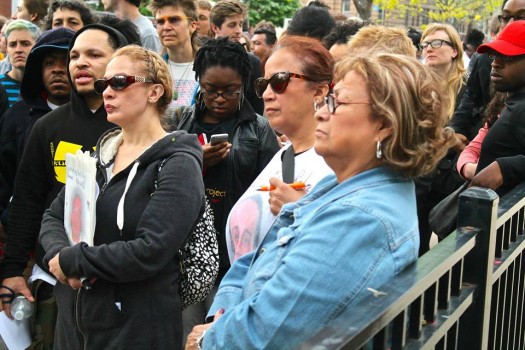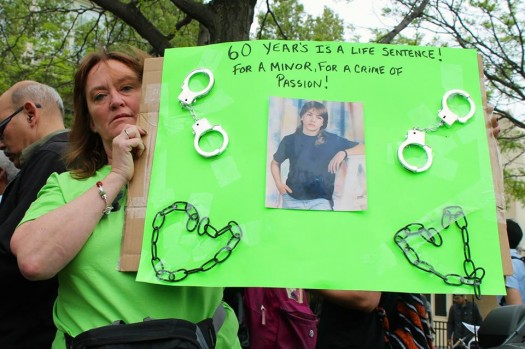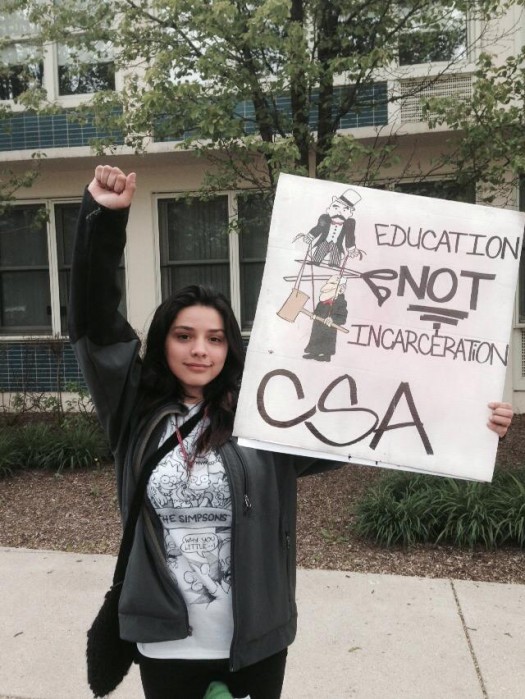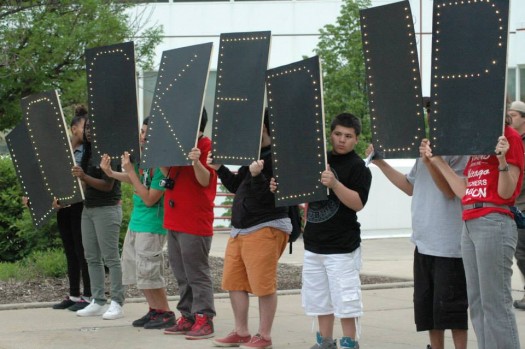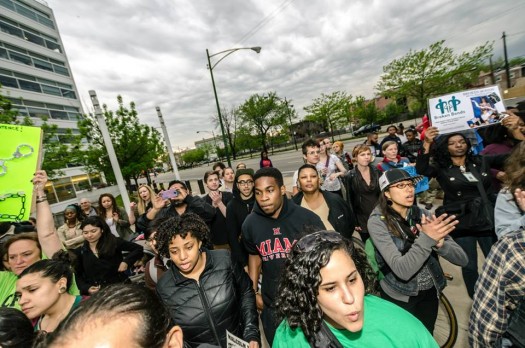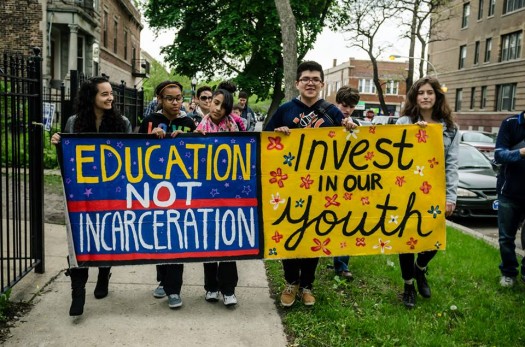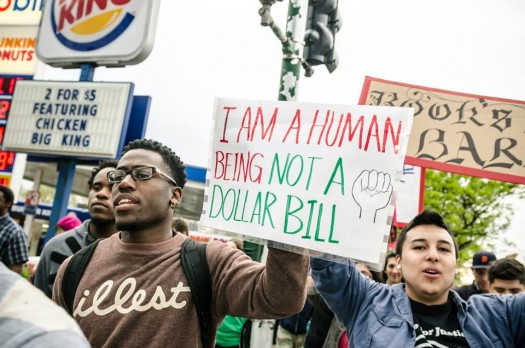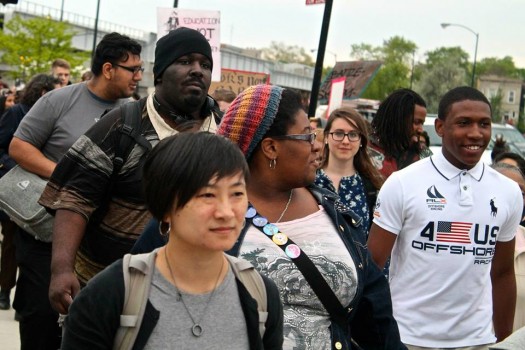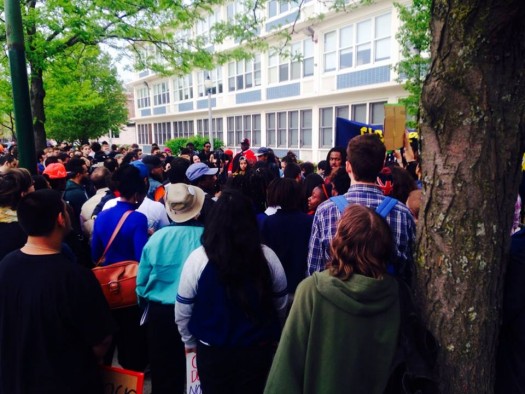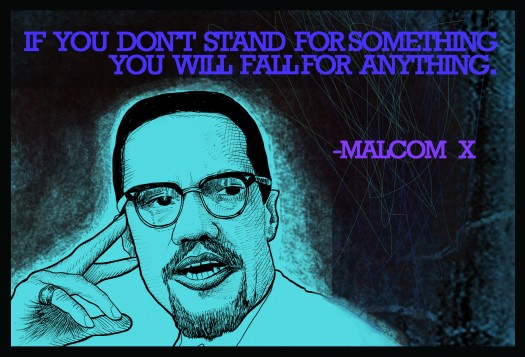Image(s) of the Day: Black Panthers on Trial
The Drug War: Still Racist and Failed #28
From the Chicago Sun Times:
“When it comes to punishment for pot, where you are matters more than what you do according to a recently released Illinois Consortium on Drug Policy report.
For example, Fuller Park has a higher marijuana arrest rate than any other Chicago neighborhood. In this mostly African-American, south-side neighborhood, police made 32 marijuana arrests for every 1,000 residents in 2013. That is almost ten times the typical arrest rate in the city.
The consortium claims Fuller Park’s extreme arrest rate is the result of the city’s patchwork legal system, which lets Chicago police choose whether to issue a ticket for pot possession under ten grams or make an arrest.”
Reasons For Hope: Youth-Led Anti-Prison Campaigns…
I take hope from the fact that young people like Asha Ransby-Sporn are organizing against prisons in creative and inspiring ways. Listen to Asha as she talks about Columbia Prison Divest (Facebook Page).
Damo’s Dead & Other Reasons to Fight…
Dominique died last week…
He was 23 years old. The details of his death are in dispute but here’s how the Chicago Tribune described them:
A man has died two weeks after police used a Taser on him as he was arrested in the Old Town Triangle neighborhood.
Dominique Franklin Jr., 23, who had lived in the 21000 block of Olivia Avenue in Sauk Village, was pronounced dead at Northwestern Memorial Hospital at 4:49 p.m. Tuesday, according to the Cook County medical examiner’s office.
Franklin was taken to Northwestern in critical condition on May 7 after a police officer used a Taser while trying to arrest him for retail theft about 12:10 a.m. in the 200 block of West North Avenue, authorities said.
Witnesses said Franklin had started to run away from the officer and fell against a light pole after the officer Tased him.
I didn’t know Dominique or Damo as he was known to his friends. However, our lives intersected because he participated in a program that my organization incubated and until recently sponsored. He was a friend to several young people who I know and love. Their pain at his injury and then death has been devastating to witness. Their anger has been incandescent.
Watch as one of his friends, Ethan, performed a spoken word piece last Monday dedicated to Damo as he lay in a coma (start at the 10:50 minute mark).
Damo died the next day.
Hear the hurt, pain, and fury in Ethan’s words. Understand that Damo is part of a long legacy of death at the hands of police. The Chicago police shoot black people. In 2012, CPD shot 57 people and 50 were black. They also tase, target, torture, and kill people of color.
Dr. Delores D. Jones-Brown surveyed 125 high school African American males regarding attitudes toward and contacts with the police. Her findings unsurprisingly suggest that a majority of the males report experiencing the police as a repressive rather than facilitative agent in their own lives and in the lives of their friends and relatives. The young respondents in her study complained of being stopped because they were suspected of dealing drugs or because they were out past curfew or because they were in the “wrong” neighborhood.
Yet because young people like Damo are deemed disposable, they aren’t seen as deserving of love, care, and support. Damo was in fact loved and cherished by his chosen family but he was marked as a threat by society at large. He was managed throughout his life through the lens of repression, crime, and punishment. And now he dead and those of us left behind must find a way to heal while building more justice.
We’ll continue to fight in Damo’s memory because we won’t allow his death to have been in vain…
Image of the Day: Lynching
“This photograph is brutal testament to racial terrorism in America. The facts of the case are drawn from a small article that appeared in the “New York Times” on August 2, 1908, the same day the photograph was made by a local journalist. On the previous night, one hundred white men had entered the Russellville, Kentucky, jail and demanded that four black sharecroppers who had been detained for “disturbing the peace” be turned over to them. The men were accused by the mob of expressing sympathy for a fellow sharecropper who, in self-defense, had killed the white farmer for whom he worked. The jailer complied, and Virgil, Robert, and Thomas Jones and Joseph Riley were taken to a cedar tree and summarily lynched. The text of the note pinned to one of the bodies was also inscribed on the verso of the photograph: “Let this be a warning to you niggers to let white people alone or you will go the same way.” (Source: Metropolitan Museum of Art online collection)
More Sights From Locked Up & Locked Out March & Action
So many wonderful images from Monday’s Locked Up and Locked Out action and march keep coming in and I also couldn’t include all of the photographs in yesterday’s post…
Banging on Windows: Protesting Against Youth Incarceration in Chicago
They are banging on the windows…
At first, I can’t place the sound. Then I look up and I see arms waving from behind darkened windows. They must be standing on their beds straining to see us. I’m not sure why it didn’t occur to me that they might see or hear us outside. This is after all mainly why we are here.
Over 200 of us (or more) are standing outside of the Cook County Juvenile Temporary Detention Center (JTDC). We’ve walked over 2.5 miles from Paderewski Elementary, one of fifty schools that Rahm Emanuel closed last year. As we march, there are energetic chants, waving signs, a colorful banner, cars honking, neighbors looking out of their windows and others rushing over to ask what we are all about. It doesn’t feel somber though we’re here to resist the criminalization of young people. We are joining together to kick off the National Week of Action Against Incarcerating Youth.
Our group is an intergenerational one – from babies and toddlers to teenagers and college-age young people to those of us in middle-age and grandparents. We are black, white, latin@, asian and a mix of all of these. We are cis-gendered and trans*. We are able-bodied and differently-abled. It’s an incredibly diverse group and this matters if we are to build a mass movement to end prisons.
Ossie Davis on Malcolm X
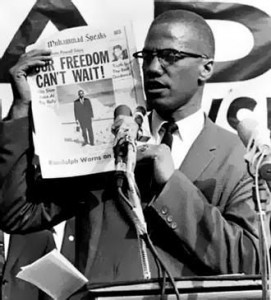 It’s Malcolm’s birthday. I love him. It’s that simple. I love him and he has inspired my life. I trace my politicization as a very young person to two books. One is the Autobiography of Malcolm X. Even after I learned that the narrative wasn’t 100% “true,” I was always grateful for its formative impact on me.
It’s Malcolm’s birthday. I love him. It’s that simple. I love him and he has inspired my life. I trace my politicization as a very young person to two books. One is the Autobiography of Malcolm X. Even after I learned that the narrative wasn’t 100% “true,” I was always grateful for its formative impact on me.
Today in honor of his birthday, I want to share an excerpt of a conversation between Ossie Davis and Manning Marable about Malcolm.
“I very rarely like to speak publicly about Malcolm, to talk about Malcolm and to explain about Malcolm. However, I feel I can do it in a situation like this, where I’m among friends, and we’re talking about somebody we love. If you talk too much about somebody, you will ultimately destroy their meaning. So I try not to talk about Malcolm too much. Having said that, Malcolm’s central position in the class struggle was in his capacity for connecting with people out in the street, drug addicts, criminals, and hustlers — these were folks outside the middle class, people that Dr. King certainly couldn’t relate to. His capacity to look in their eyes and into their souls, his ability to speak directly to them and to help turn their lives around — this is perhaps his most valuable contribution.
[…]
Malcolm had invited us to the Audubon that day, but we had a previous commitment downtown and had left the three children in Harlem with Mother. When we returned to pick them up, the kids told us that something had happened to Malcolm. We turned on the television as a bulletin interrupted the ballet. Malcolm X was dead – shot down in front of Betty and the children. We were stunned and deeply, deeply saddened. That night, we drove back into Harlem and walked the streets, mingling and talking with the crowds about Malcolm’s death and what it meant to black people.
Fear and sorrow were mixed with a desire to give Malcolm a decent funeral. Percy Sutton, Malcolm’s friend and lawyer, went from church to church trying to secure a place for Malcolm’s funeral, but most of them said no — it was too dangerous. There was a lot of politics involved and the big challenge was figuring out a way to bury Malcolm in the spirit that the community called for and the spirit he warranted. Finally Bishop Church offered his small church on Amsterdam Avenue. Sylvester Leaks, speaking for Percy Sutton and Malcolm’s family, asked me to give the eulogy and I asked him, “Why me?” The answer was that Ruby and I were widely known to have been among his earliest friends and supporters. Also, I was a man with whom nobody in this shooting argument could quarrel. Ruby and I were honored to accept.
Well, that Saturday, we went to the little Faith Memorial Chapel on Amsterdam Avenue. It wasn’t much of a day and I remember there was no sunshine at all. The funeral was at ten o’clock. Ruby and I sat in the pulpit and our job was to read the messages that were pouring in. At the proper time, I arose to give the eulogy, trying to be simple, plain, honest, and sincere, saying by way of farewell what, in my heart, I believed Harlem wanted me to say. Afterward, we followed him to the cemetery where the professional grave diggers were waiting. We said no and took their shovels from them. Malcolm was ours, and if he had to be buried, we would do it. He loved us and we loved him.
(Source: “A Conversation with Ossie Davis,” Souls 2, 3 (Summer 2000): pp.14-16)
“He loved us and we loved him.” – This says it all… Here’s an excerpt Ossie Davis’s eulogy for Malcolm. Happy Birthday Malcolm, we carry on in your name.
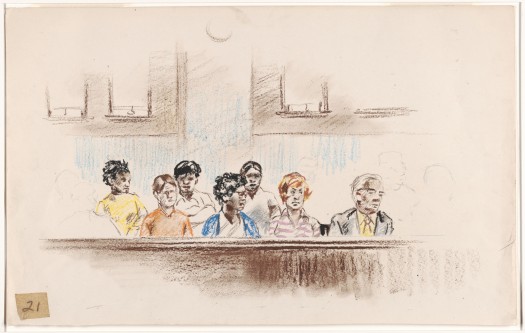
![[Drawing for CBS Evening News of Bobby G. Seale with Arnold Markle, State Attorney for the Judicial District of New Haven, in the back ground] From: Robert Templeton Drawings and sketches related to the trial of Bobby Seale and Ericka Huggins, New Haven, Connecticut (1971)](https://www.usprisonculture.com/blog/wp-content/uploads/2014/05/1100013-e1401264432414.jpg)
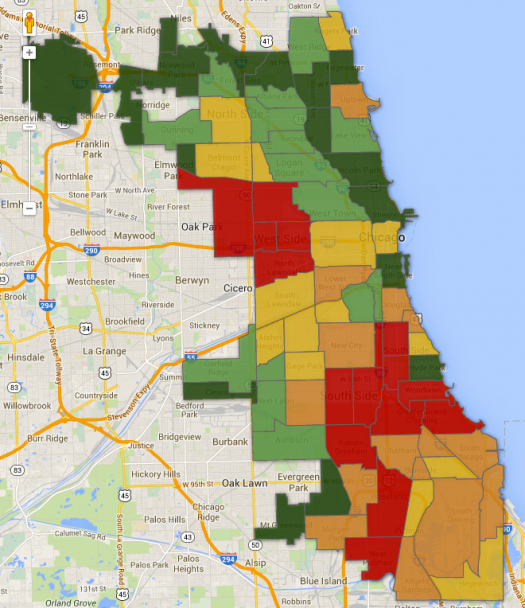
![[Lynching, Russellville, Kentucky] by Minor B. Wade (1908)](https://www.usprisonculture.com/blog/wp-content/uploads/2014/05/lynchingmetropolitan-e1400816466763.jpg)

